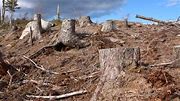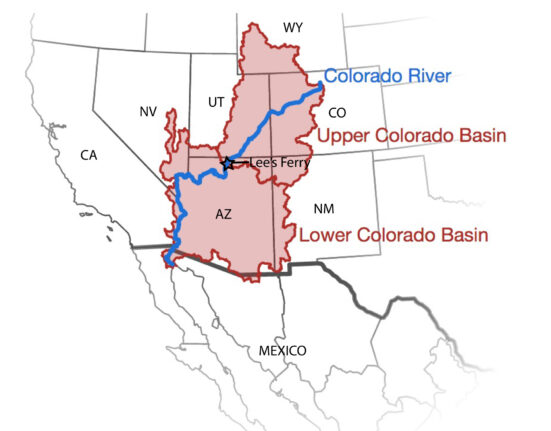Driving through the winding roads of the Black Hills National Forest, one can’t help but notice the majestic beauty of nature unfolding. Raindrops splatter against the windshield, transforming into delicate snowflakes as elevation increases. This snowy scene in late April offers a refreshing reprieve in an area plagued by a climate change-induced drought.
Amidst this natural wonderland, tall trees known as “yellowbarks
” stand proudly along highways, their aged trunks reminiscent of cathedral pillars. The Forest Service refers to this preservation tactic as “
scenic integrity,
” while critics dismiss it as a mere “
green screen.” However, a closer look reveals vast swaths of land marred by commercial logging practices, transforming dense forests into open fields dotted with scattered trees.
Invasive grassland species like bromegrass and leafy spurge encroach upon the landscape, threatening the delicate ecological balance. Ponderosa pines, the forest’s dominant trees, face challenges exacerbated by overcutting and a changing climate that could irreversibly alter the region’s biodiversity.
Over the years, the Black Hills have weathered significant challenges such as a historic beetle infestation and massive wildfires linked to rising temperatures—a stark reminder of nature’s vulnerability in the face of human interventions and climate change.
Recently, new threats loom over these ancient lands as government directives prioritize timber production over conservation efforts. The Trump administration’s push for increased logging has sparked outrage among environmentalists and Indigenous rights advocates who fear irreversible damage to ecosystems and endangered species’ habitats.
Taylor Gunhammer from NDN Collective voices concern over this abrupt shift in forest management practices: “It’s absolutely, completely a U-turn.” Meanwhile, industry representatives like Ben Wudtke commend these policy changes aimed at boosting timber production despite diminishing resources: “As an industry, we care deeply about forest management.”
However, experts like Dave Mertz caution that dwindling old-growth trees pose a significant challenge to meeting timber quotas: “We don’t have that many big trees left.” This scarcity is compounded by decades of fire suppression policies that led to unnaturally dense forests vulnerable to pest outbreaks and catastrophic fires.
The legacy of exploitation dates back centuries when General Custer violated treaties to pursue gold in the Black Hills—an act that triggered widespread deforestation by settlers and miners seeking riches at nature’s expense. Despite legal victories recognizing Indigenous land rights and calls for restitution from Lakota leaders like Frank Star Comes Out and conservation groups advocating for less logging activity—the battle for environmental stewardship continues.
The intricate balance between conservation efforts and economic interests underscores ongoing debates surrounding responsible forest management. As stakeholders grapple with preserving biodiversity while meeting economic demands—finding common ground remains elusive amidst competing priorities.
Ultimately, restoring harmony between humans and nature requires acknowledging past injustices and embracing sustainable practices rooted in Indigenous wisdom. The future of the Black Hills hinges on collective efforts to safeguard its ecological richness for generations to come.









Leave feedback about this